Product Reviews
Mitsubishi Diamana putter shaft review (P105 1.0 flex) – Club Junkie Reviews
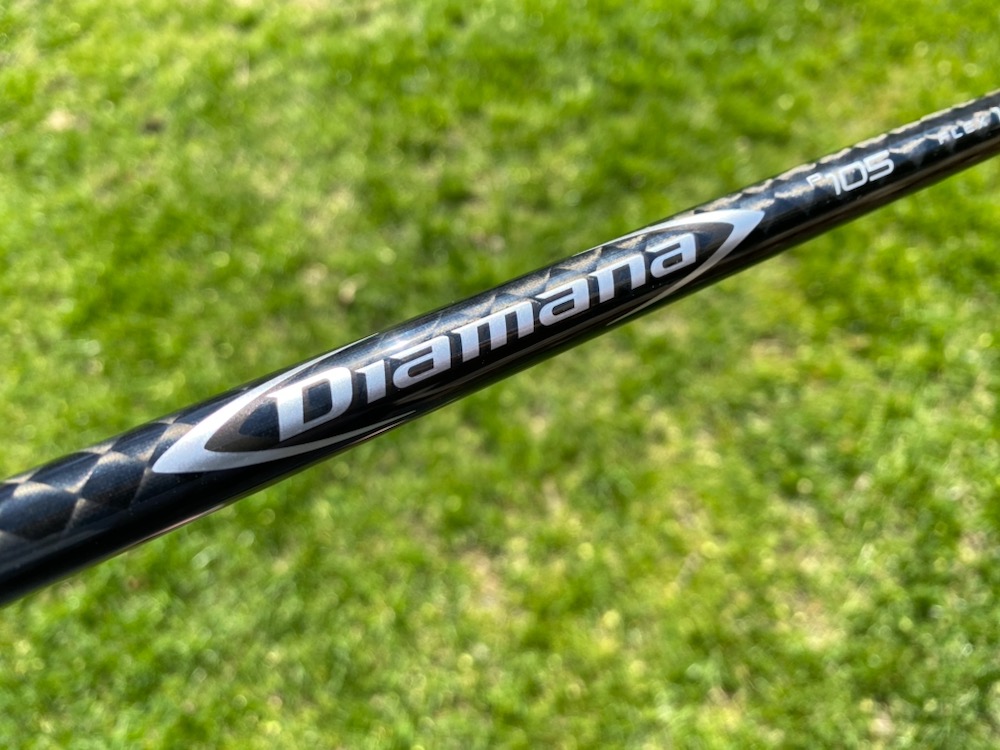
When you hear the Diamana name, you immediately think of the current, or legendary, wood shafts that have been winning on tour for 20 years. However, few die-hard club junkies would think of a Diamana putter shaft, but Mitsubishi Golf is always pushing the limits and are delivering just that.
Graphite putter shafts have been a growing segment in the equipment world with companies noticing that they can create ultra-stable putter shafts that keep the putter on target through the stroke. Graphite also gives engineers the ability to adjust the performance, stiffness, and weight so golfers have more options to dial in the feel of their putter.
To get the full, in-depth review of the Mitsubishi Diamana P105 putter shaft check out the Club Junkie podcast on all podcast platforms or on YouTube.
Out of the box, the Mitsubishi Diamana P105 might be the best-looking putter shafts I have ever seen. The carbon weave at a 45-degree angle just reflects the light well, and then the shaft fades down into black near the tip section. A Diamana staple, the flowerband, is located just a little way under the grip but high enough up where it isn’t a distraction when looking down at the putter.
I installed the P105 into the new Bettinardi BB1 Wide putter, and it looked perfect with Bettinardi’s diamond black finish. The duo is definitely one of the meanest-looking combos in my rotation of putters. Both the P105 and the P135 are built using premium carbon fiber with a low amount of resin for added touch and feel. Mitsubishi utilizes 24t and high-strength intermediate modulus carbon fiber to build up the strength and stability, while the visible 6K woven fabric helps reduce torque.

The first question I get with this shaft is about the 108-gram weight. People areasking if it is too light. Honestly, if the shaft had no markings on it, I don’t know if I could tell that is was lighter than a traditional steel shaft. Now the head might feel a touch heavier and the balance of the putter slightly lower but I didn’t really notice the overall static weight of the putter being too light.
The P135 shaft comes in two flexes, 1.0 and the stiffer 2.0, but the P105 only comes in the 1.0 flex. To me, the P105 might be one of the softer graphite putter shafts I have tried and you can see a little bit of wiggle when you waggle the putter. Some players like a slightly softer putter shaft for additional feel and it can work with the tempo of their putting stroke.
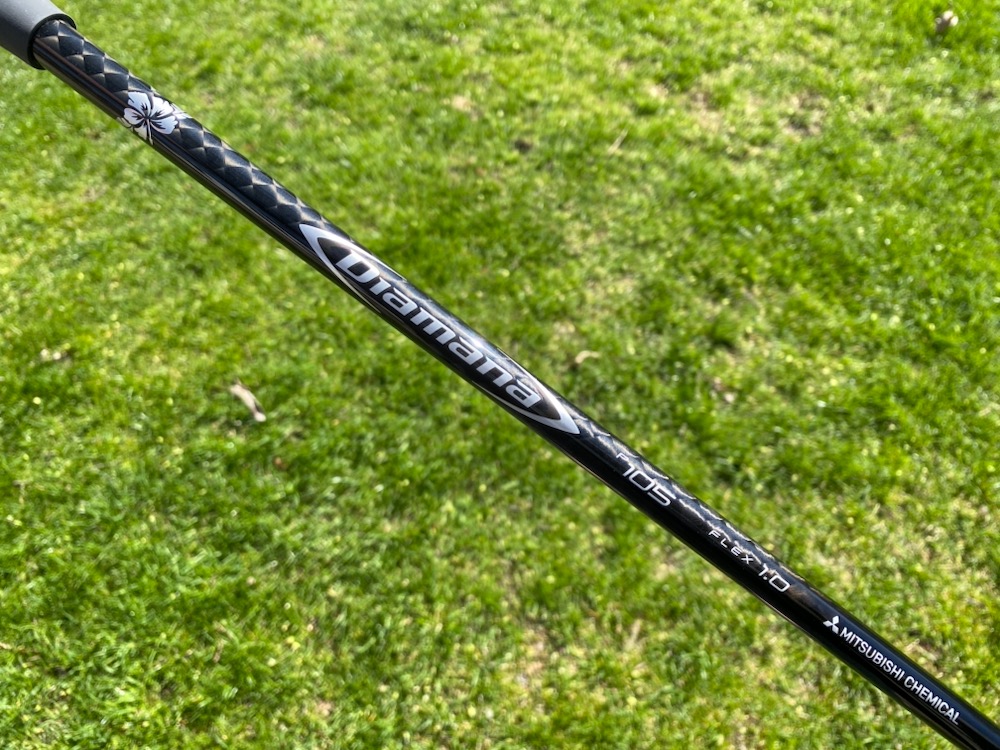
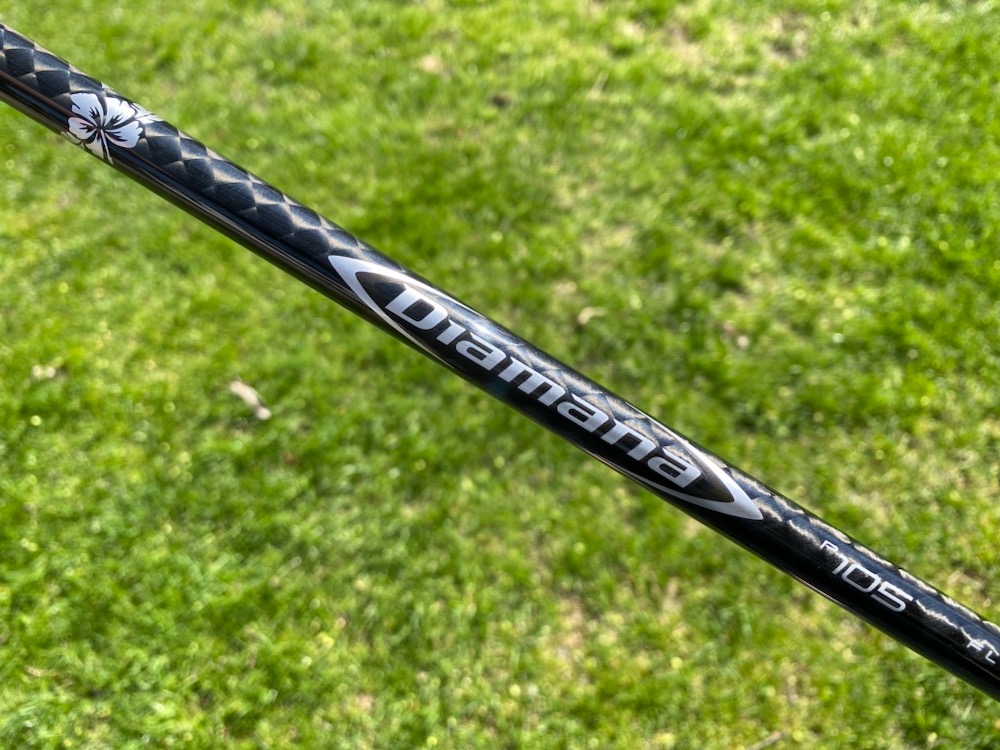
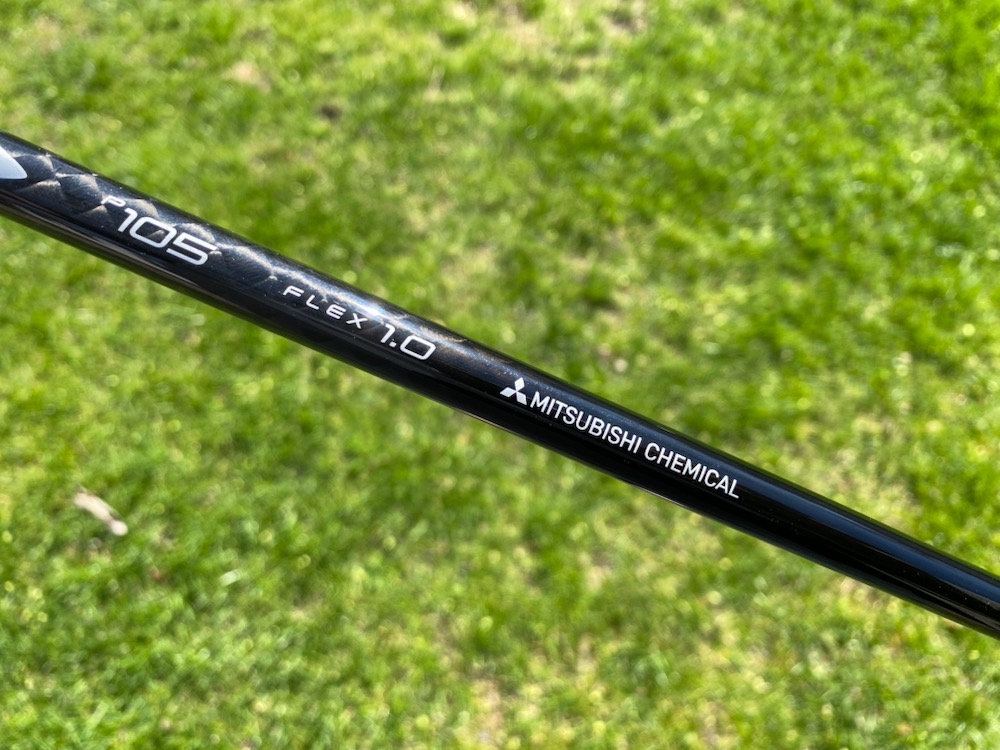
On the course, the Diamana P105 offers the consistent stability that you expect from aftermarket putter shafts. On short putts the shaft stays right with your stroke and the putter head is always where you expect it, aligned with your hands and grip. Shorter strokes don’t show off the slightly softer flex of the shaft and you experience the added control of the low torque design.
When you hit longer lag putts you can notice a little flex in the shaft but the head never waivers from being square to your target. Speed control didn’t change at all from the traditional steel shaft in the Bettinardi to the Diamana. On the practice green hitting multiple putts at the same hole, it was easy to feel like you hit the correct speed and then see the results. Balls ended in the same area, as well as my skill would allow, and I never hit a ball the felt like it came up far shorter or longer than I expected it too.
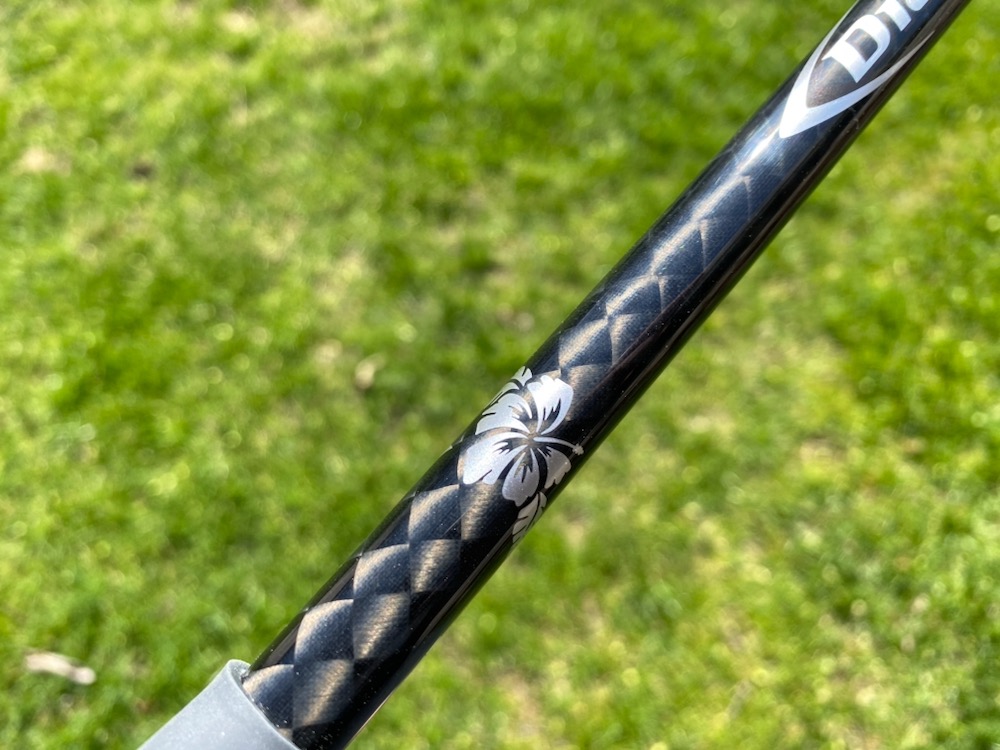
Feel is such a subjective thing and each golfer is going to react differently to it. For me the Diamana had a slightly firmer feel than some of the other graphite shafts out there. If you are looking for responsiveness out of your putter shaft, the Diamana offers just that. To me the Diamana has more of a steel feel to it when it comes to getting the vibration from impact to your hands. You will feel exactly where you made contact on the face, giving you the ability to adjust your stroke and get back to making more center contact. I have found that most other graphite shafts mute the vibration a little and offer a softer feel, but the Diamana keeps the feel and sound exactly as they are.
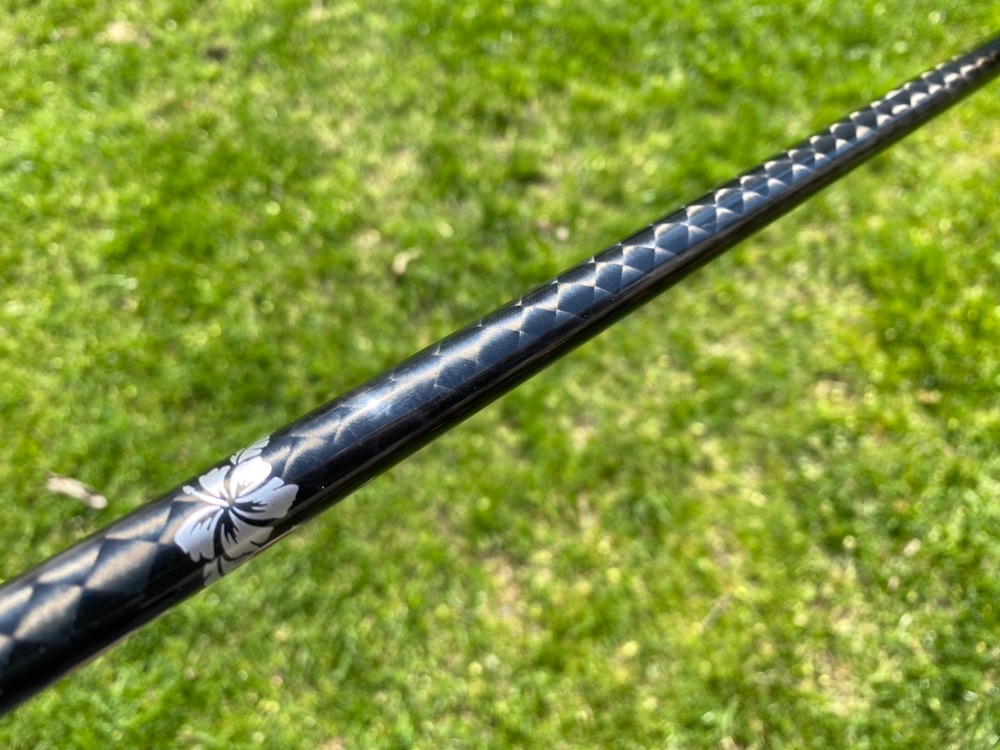
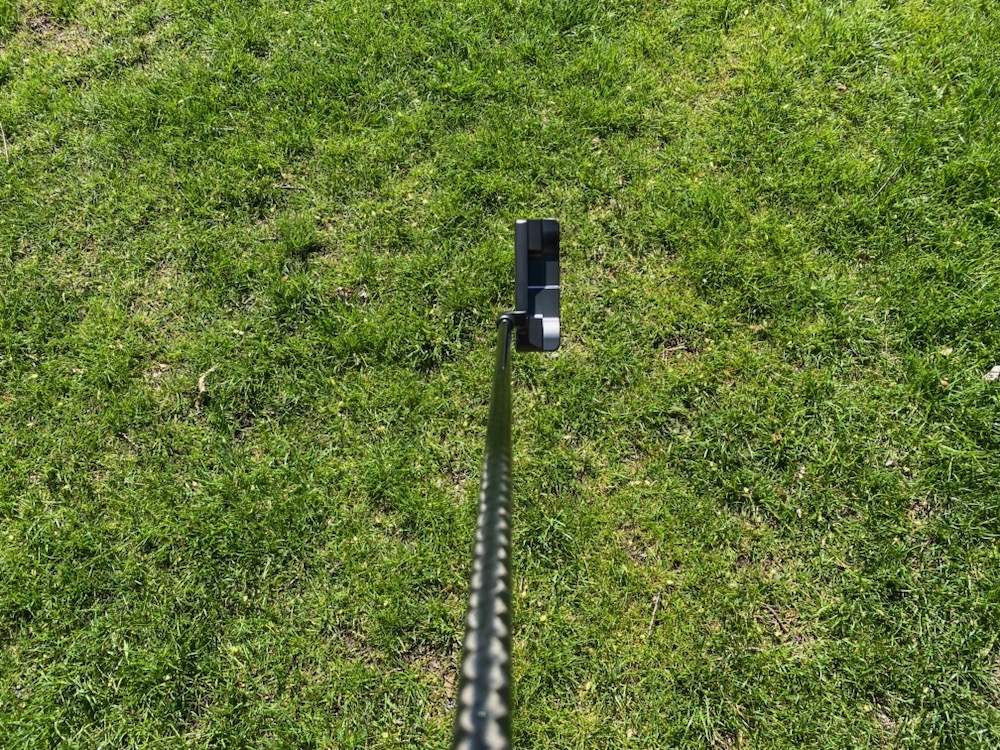
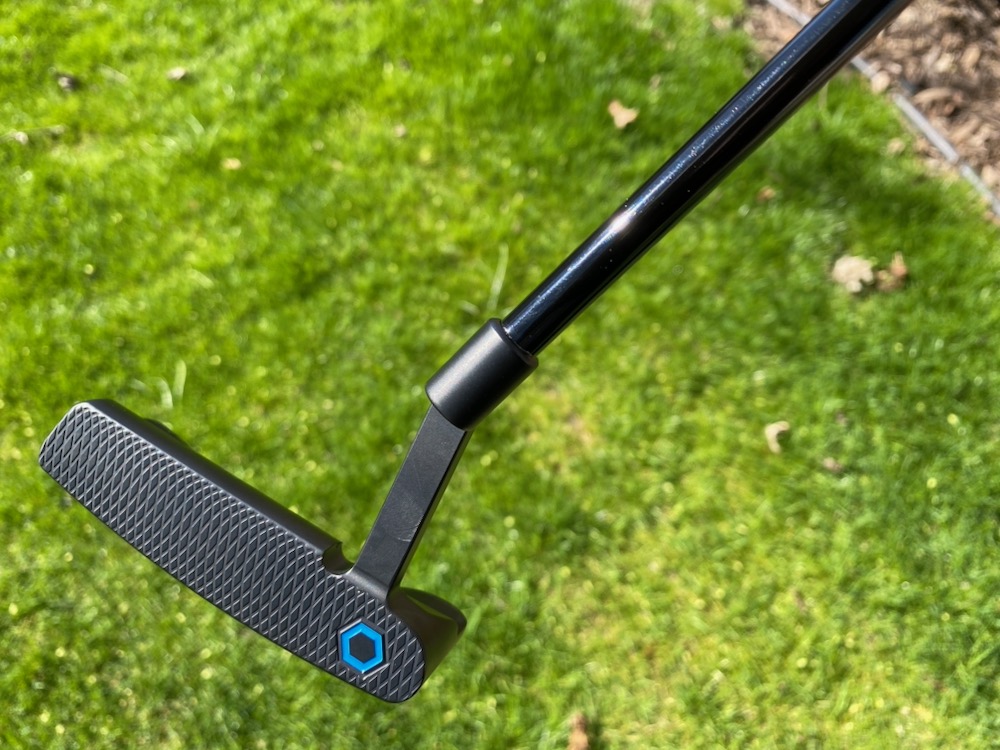
Mitsubishi’s Diamana putter shaft is a great option for the golfer who wants to add some stability and consistency to their stroke without sacrificing feel. Players who love a specific putter face material or milling pattern to enhance their feel will be excited to not lose that with the upgrade to the Diamana.
- LIKE4
- LEGIT2
- WOW1
- LOL0
- IDHT0
- FLOP1
- OB0
- SHANK0
Product Reviews
Three Swing Challenge: Testing the Titleist Vokey WedgeWorks A+ grind

The first wedge has made its way to the Three Swing Challenge! This week we have the WedgeWorks A+ grind that was recently released by Vokey. BK is looking for a new 60-degree wedge, and this could be a contender.
Why three swings?
Many years ago, the legendary Barney Adams, founder of Adams Golf told us this:
“My formula as a fitter was three shots only. I discounted No. 1 just because it was the first one, counted 100 percent of No. 2 and discounted No. 3 because the player was starting to adjust.”
- LIKE1
- LEGIT1
- WOW1
- LOL0
- IDHT0
- FLOP0
- OB0
- SHANK1
Product Reviews
Three Swing Challenge: Testing the Edel Array F-2 putter

This week on the Three Swing Challenge, we have the Edel Array F-2 putter. With the Array line of putters, Edel gives golfers several different options to match their putting styles and tendencies. It is a cool concept, but let’s see how it performs.
Why three swings?
Many years ago, the legendary Barney Adams, founder of Adams Golf told us this:
“My formula as a fitter was three shots only. I discounted No. 1 just because it was the first one, counted 100 percent of No. 2 and discounted No. 3 because the player was starting to adjust.”
- LIKE0
- LEGIT0
- WOW0
- LOL0
- IDHT0
- FLOP0
- OB0
- SHANK1
News
Highlights from the Wilson Golf Product Testing and Fitting Experience at Pinehurst

All new from Wilson Golf this year are Staff blades and CB irons, Dynapower Forged irons, Staff Model ZM wedges, a new golf ball, the RB Utility iron that was released just a few weeks ago, and the company’s own club fitting technology called Wilson Fit AI.
Yeah, it’s been quite the first half of the year for Wilson Golf. Wilson is serious about establishing themselves as a major player in the golf industry. They’ve made new hires, bringing on Markus McCaine (by way of Cobra Puma) as the Head of Global Marketing. Willie Mack, Padraig Harrington, and Kevin Kisner (to name a few), are playing their products on Tour. As we mentioned earlier, they’ve released a ton of new products. But, with all of that being said, how do these new products really stack up?
That’s where we come in. Wilson Golf wanted to reach the hardcore golfer. The equipment junkie. The person who tries everything to find the right fit for optimal performance. They weren’t looking for someone who already had Wilson products in the bag, who would have attended this trip and predictably said great things about their newest line of products. They wanted to prove how Wilson Golf, the brand, and their new products, can truly compete with the major golf manufacturers. With four lucky GolfWRXers in tow, we headed to legendary Pinehurst to meet Wilson Golf’s team of product experts, to test (and get fit) for the full 2024 lineup of Wilson clubs — and play not-yet-open-to-the-public Pinehurst No. 10! The four WRXers — @TLUBulldogGolf, @TM golf guy, @Shilgy, @Olson12— enjoyed a once-in-a-lifetime experience in North Carolina thanks to Wilson.
Members on Wilson Fit AI
TM golf guy: “The AI experience was super cool. 3 swings and it fit me basically exactly into what I expected.”
Shilgy: “The new Ai fitting tool is legit. First answer a few questions and then there is a fitting iron that measures everything. It’s almost scary how easy, and accurate, it is. Started me with a shaft that was too light but based on contact it changed to 115g DG. About as expected. I was fit into the CB with the Dynapower forged as the 5 and 6 iron.”
First impressions on the Staff Model and Dynapower irons
Olson12: “After warming up, Ed had me hit a handful of shots. It took maybe five or six shots, and we decided it was enough. Of the six shots, I hit four pretty well, one perfectly, and one really bad one. The app spits out recommendations based on all the data it collected and gives you both a steel and graphite option. On the graphite side, it went straight to the Steelfiber 110s, so that was the first one we tried. Ed built up a 7-iron in the Wilson Staff CB with the Steelfiber 110s, and we were off to the races.”
“I currently play a Titleist T100/T100s combo set with Nippon Modus 120x shafts. I bought this used set from a local shop after bouncing around a few different sets. (Thank God for the 90-day playability policy.) We’ve all heard the standard saying, “you want 1k spin x the number of the club.” For me, I’ve never even come close to getting 7k with my 7-iron. I’ve always hovered around 5500 and just learned to play with the rollout. My first few shots with the Staff CB were 7400, 7600, and 7100 with the Wilson Model X ball. Nice high cut, landed soft, PERFECT. Didn’t need to hit any other combos.”
TM golf guy: “I am currently playing i230s, and am generally happy with the performance. I had a feeling I would wind up with the Dynapower Forged, but I went in with an open mind to see what was suggested. After getting my numbers, Ed put together a Dynapower Forged with the UST Recoil Dart 105 F4 (stiff). It didn’t take me more than a few swings to know this was the set for me. I’ll do a formal review with side by side with my i230s later after I get them back and get more time with them, but I think these are going to be gamers. I was able to move them either direction, and they felt better than the i230 based on my limited experience so far.”

TLUBulldogGolf: “The MBs flat out perform, if you want that classic look they should be on your shortlist to try, they nailed the shape and the sole design and turf interaction were just what I expect out of a blade. The options to combo with the CB and new utility should appeal to anyone after that classic look with performance.”
Shilgy: “First swings warming up on the range and I could feel the difference, in a good way, between a properly built set and more mass produced. The balance of this set is fantastic. I’ve always been partial to heavier shafts and heads but the T150 always felt too head heavy to me. The balance on this Wilson set is perfect.”
“Suffice it to say both the CB’s and Dynapower irons were quite good today. Hit it solid and you will get the same result every time….miss it a bit and you’ll still get a very playable result.”
First impressions on the Staff Model ZM wedges
Olson12: “I currently play 50, 54, 60 Vokey SM9 wedges but decided to give the 58/6* a whirl, and I’m glad I did. I mentioned to the staff earlier that I never use my 60 for anything longer than 50 yards. I’ve never felt comfortable with a full swing lob. Going to the 58* gives me more confidence on full shots but was still able to hit all the chips and bunker shots I normally hit with my 60*.”
“Guys… These are fully forged wedges for $150. I just ordered my three Vokey wedges a few months ago for like $600. What the hell, man! If you are in the market for wedges, do yourself a favor and just give them a shot. Nice traditional shape and a super soft feel. Not too clicky but still gives audible feedback on mishits.”

TM golf guy: “The Staff ZM wedges were something I was really interested in as I loved the head shape, and the feel and performance didn’t disappoint. They have a really nice shape to them, and the sound and feel is also excellent. I’m a big fan of the 60° that I got. The grind really allows for a lot of versatility around the greens as well. My only regret here is that I didn’t get the Staff gap wedge instead of the Dynapower one.”
TLUBulldogGolf: “The wedges are really solid as well, I feel like I can flight them with ease and they spin like crazy.”
“I have the 60-06 and it’s similar to a Vokey T grind, maybe a touch less demanding. The 56-10 plays very similar to a Vokey S grind.”
First impressions on the utility irons
Olson12: “I’ve played Srixon & Ping Utilities for a while now. I recently gave up the Crossover and went back to a 3 hybrid because the offset was just not working for me. Since the club was just announced today, we had just the stock HZRDUS Black shaft in both the 3 and 4 iron. I hit the 3 and realized it’s been a really long time since I hit a long iron. It took a few swings, but I started to find my groove. Minimal offset, satin finish, and a good-looking topline. This thing is going to compete with the big boys. Hell, @TLUBulldogGolf was getting 150mph ball speed when hitting it off of a tee.”
TLUBulldogGolf: “The utility is the real deal, just seems to want to go straight. A little longer heel to toe than my T200, and it just feels easy.”
The utility surprised me, I knew it was good at my last range session but it seems to come off lower despite having more loft than my T200. I hit it over the green from 240 on a par 5 which shocked me. The stock HZRDUS 4G stays with me and seems to be a good match for my irons.”
TM golf guy: “This utility is stupid good. The first swing I made I hit rather toey, and it flew straight as an arrow. Off the tee it’s a more penetrating flight than my Srixon, but still has good height. Like @TLUBulldogGolf said, it really wants to go straight. Definitely a winner.”

GolfWRX Members on Wilson Golf:
TLUBulldog: “They want to get everything on the golf side right.”
“I came away super impressed with what Wilson is doing and the direction they are taking the brand.”
“I’m hoping this (and their overall strategy) can up their visibility because the new product is legit.”
Olson12: “I’ve been really impressed with the quality of the Wilson product. What stands out the most is the people behind the scenes. This group of people is IMPRESSIVE. They love golf, they are competitive, and they want to compete with the best of the best. I’m thankful to be part of their story, and once we get the full set and get a chance to play them out in the wild, I’ll be able to give a more thorough breakdown.”
TM golf guy: “They are a group of super passionate people who absolutely love what they do, really have a lot of great ideas, and are a really cool group of people to talk to (they also know their way around a golf course!). They were incredibly open to feedback, and were also very candid about their thoughts on things as well. The people a company chooses to represent them says a lot about the company, and Wilson has picked an incredible group. I think Wilson has an extremely bright future ahead of them, and they’ve certainly made a fan out of me.”
Shilgy: “We all definitely need to add Wilson golf to our must play equipment. You’re definitely doing yourself a disservice if you don’t at least try them out and with the new AI fitting tool every fitter out there can be a Wilson expert fitter.”

Shilgy, Lindsey Lasater, TM golf guy, Markus McCaine
One final thought
If you’re in the market for a new ball, a hidden gem emerged during this trip. Our members were impressed with the new ball from Wilson. Coming from the Chrome Tour X and TP5, Olson12 stated that the feel of the X around the greens was “pretty damn good.” While TLUBulldogGolf shared, “I’m liking the Model X. Very natural transition as a V1X player.”
We’re looking forward to diving even deeper into the trip and what Wilson has to offer over the next few weeks. In the meantime, don’t hesitate to follow along in the forum.
- LIKE69
- LEGIT9
- WOW3
- LOL1
- IDHT0
- FLOP0
- OB0
- SHANK4
-

 Product Reviews1 week ago
Product Reviews1 week agoThree Swing Challenge: Testing the Edel Array F-2 putter
-

 Equipment1 week ago
Equipment1 week agoWhat clubs do equipment free agents choose to use on tour? We found out
-

 19th Hole3 weeks ago
19th Hole3 weeks ago‘You’re right, we’re always wrong!’ – Sergio Garcia receives warning during Open qualifier
-

 News2 weeks ago
News2 weeks agoHighlights from the Wilson Golf Product Testing and Fitting Experience at Pinehurst
-

 News2 weeks ago
News2 weeks agoDavis Thompson’s winning WITB: 2024 John Deere Classic
-

 Equipment2 weeks ago
Equipment2 weeks agoQ&A: The truth behind Bryson DeChambeau’s new Avoda irons from company founder Thomas Bailey
-

 19th Hole1 week ago
19th Hole1 week agoMajor champ ‘disappointed’ not to be chosen as U.S. Ryder Cup captain
-

 Whats in the Bag3 weeks ago
Whats in the Bag3 weeks agoCam Davis’ winning WITB: 2024 Rocket Mortgage Classic


















